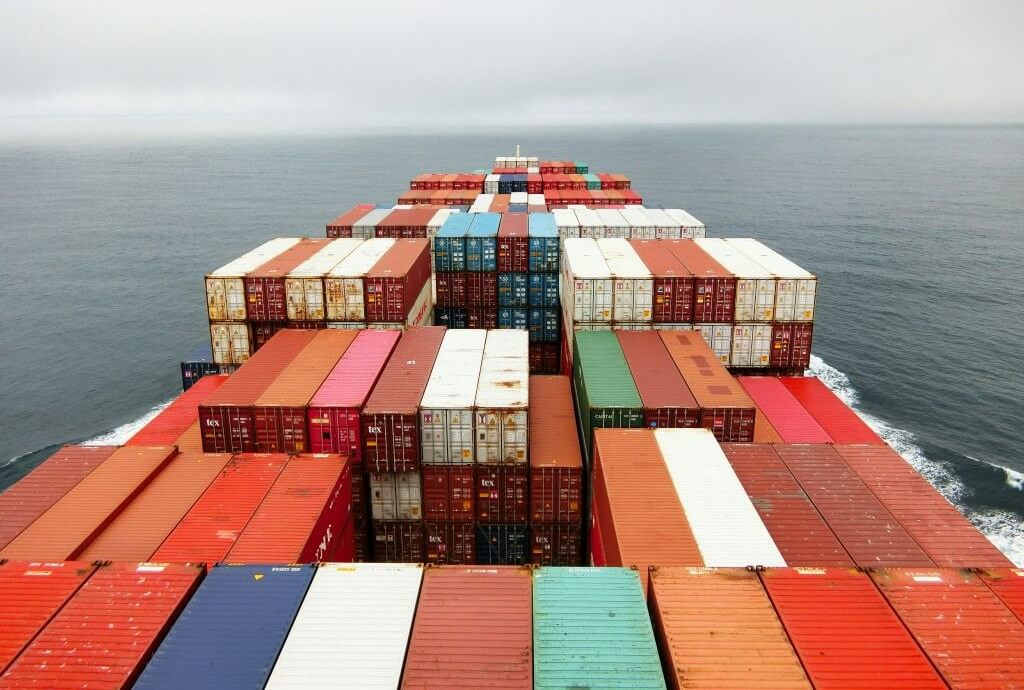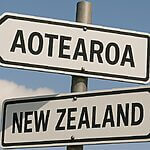Summarised by Centrist
New Zealand exporters will face a 15 percent tariff on goods entering the United States, up from an earlier announced 10 percent rate.
This is higher than Australia’s 10 percent tariff, creating a potential disadvantage for New Zealand exporters in sectors like beef and wine.
Brad Olsen of Infometrics said New Zealand now faces a “wedge” compared to Australia and that previous slight advantages, such as for wine exports, have narrowed. However, Olsen suggested New Zealand may not have gained significantly even if it had negotiated a trade deal, given the substantial concessions other countries made to secure lower tariffs.
BNZ’s chief economist Mike Jones noted the increase was expected but unhelpful, pointing to the depreciation of the New Zealand dollar against the Australian dollar following the announcement.
Westpac’s Kelly Eckhold described New Zealand’s position as broadly unchanged since April and highlighted ongoing uncertainty around the legal basis and future structure of the tariffs.
Economists also criticised the US approach of setting tariffs based on trade imbalances in goods alone, ignoring services and cyclical economic factors. They noted that trade balances can shift with changing economic conditions, and current tariffs may not reflect long-term realities.



















